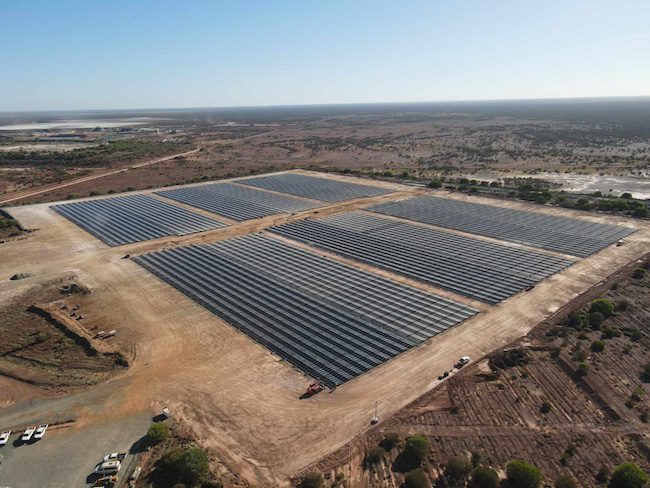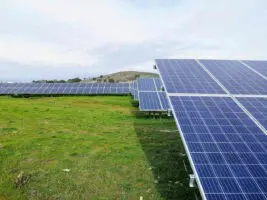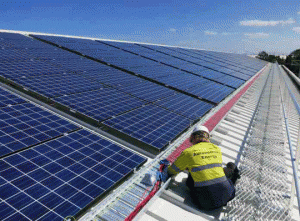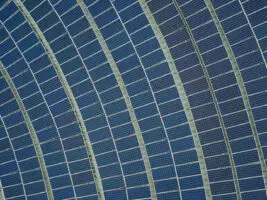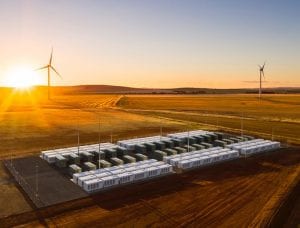The off-grid renewable energy market is booming, particularly for large mining operations, as customers look to switch out of expensive fossil fuels and tap into the falling costs of solar modules.
David Griffin, the CEO of Australian solar innovator 5B, a specialist in building prefabricated solar modules, says companies looking for off-grid solutions have ramped up their ambitions over the last 18 months and the company is in talks over projects “totalling several gigawatts”.
The company has a little over 144 megawatts (MW) of completed solar installations, mainly in Australia but also in Panama and Chile. Of these, slightly more than half are in the off-grid sector.
Griffin says the pipeline is accelerating on the back of plunging solar module prices, which are down 50 per cent since October last year.
“We expect the downward trajectory to continue through the rest of the decade, as modules continue to undergo a process of dematerialisation (less polysilicon, less aluminium, thinner glass, etc), and the learning rate inherent in global production capacity growth continues,” Griffin told Renew Economy.
The company currently buys panels from China and assembles them in Adelaide into a prefabricated set of 50kW solar panels which can be trucked to a location and quickly unfolded for a speedy install.
In February, 5B also signed a deal with major Indian solar panel manufacturer Waree to build and assemble its units after winning a 69MW contract in Puerto Rico. The US effectively banned Chinese-made solar panels in 2022, meaning companies like 5B had to find alternative manufacturers.
Griffin told RenewEconomy the company is looking forward to buying Australian-made solar panels, an industry he says is justified by the scale of demand in the local market.
This week the company finished up its latest project at Northern Star’s Jundee mine site, installing a 16.9 MW system that comprised 342 of its Maverick solar sets.
“The 5B units low ground penetration technology, small footprint and high power density design enabled us to make use of our existing waste rock dump, which opens up a traditionally underutilised land resource for us to install clean renewable power stations on,” said Northern Star Resources manager Gerard Major.
5B doesn’t make solar panels, but assembles them in an accordion-like structure – called the 5B Maverick – in its factory in Adelaide. The Maverick arrays are pre-wired, fully plug-and-play, trucked/shipped to site and unfolded using a forklift. Once deployed, each 5B Maverick is roughly 40m long and 9m wide.
In Australia, the technology has been hugely popular in the resources sector, as a cheaper and faster way to roll out stand-alone renewable energy systems to power remote, off-grid mining operations. (5B’s current record deployment speed is 1.25MW in one day with eight people at the Liontown lithium mine in Western Australia.)
In the US, 5B recently landed its largest single contract yet – a 69 MW project for AES Puerto Rico, a subsidiary of New York-listed energy giant AES.
The 1,392 5B Maverick arrays that will make up the Puerto Rico microgrid are being engineered to withstand winds speed of up to 267km/h, common in the hurricane-prone region, while also using a much smaller amount of land than conventional solar arrays.

